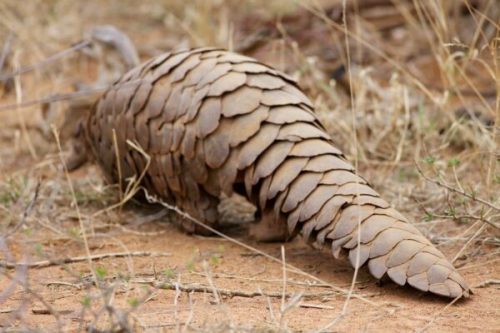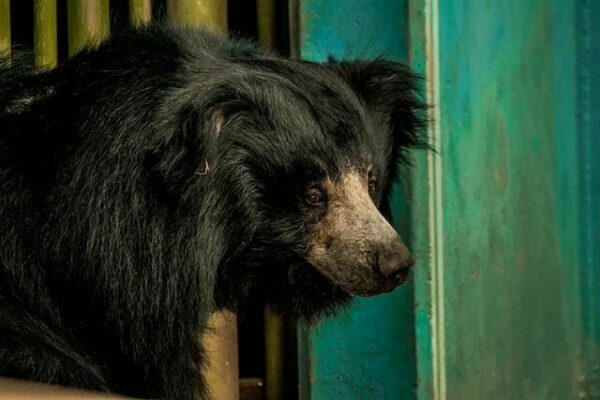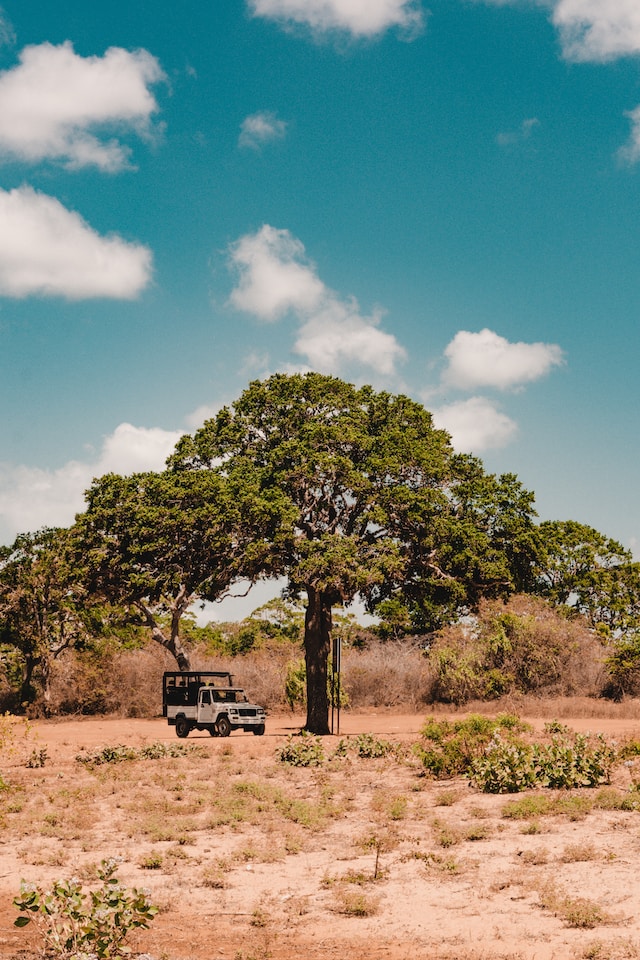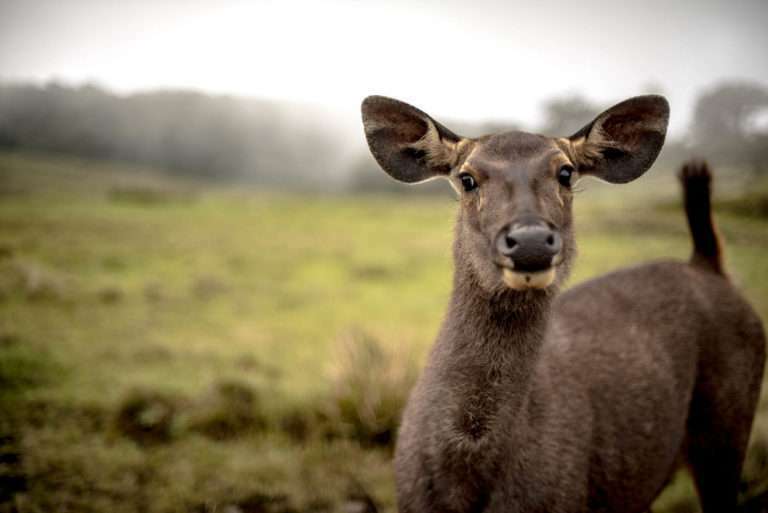The Indian Pangolin, also known as the Manis crassicaudata, is one of the most enigmatic and intriguing creatures in the animal kingdom. This remarkable mammal belongs to the family Manidae and is the only scaly anteater native to the Indian subcontinent. In this article, we will embark on a journey to discover the world of Indian pangolins, exploring their physical attributes, behavior, habitat, and their crucial role in the ecosystem.
What is an Indian Pangolin?
The Indian pangolin is a medium-sized mammal with a distinct appearance. It is easily recognizable by its unique covering of scales, which act as a natural armor, protecting it from potential threats. Let’s delve deeper into the physical characteristics of these fascinating creatures.
Physical Characteristics
Size and Appearance
Indian pangolins typically measure around 40 to 65 centimeters in length, with their tails adding an additional 35 to 60 centimeters. They have small, sharp claws perfectly adapted for digging into ant nests, which form a significant part of their diet.
Scales and Armor
The most distinctive feature of the Indian pangolin is its tough scales, made of keratin, the same material found in human fingernails and rhino horns. These overlapping scales cover their entire body, providing exceptional protection against predators. When threatened, the pangolin curls into a tight ball, using its sharp-scaled tail to defend itself.
Habitat and Distribution
Range and Geography
Indian pangolins are primarily found in the Indian subcontinent, including India, Sri Lanka, Nepal, and Bangladesh. They inhabit a diverse range of ecosystems, from dense forests to grasslands and agricultural lands
Preferred Habitats
These elusive creatures favor regions with an abundance of termite mounds and anthills since these provide an ample food supply. They are mostly nocturnal, preferring to stay hidden during the day and emerging at night to forage for ants and termites.
Behavior and Diet
Nocturnal Lifestyle
The Indian pangolins are predominantly nocturnal creatures, meaning they are most active during the night. They possess excellent nocturnal vision and a strong sense of smell, aiding them in locating insect nests.
Ant-Eating Expertise
Indian pangolins are remarkable ant and termite hunters. Using their keen sense of smell, they locate anthills and termite mounds and employ their long, sticky tongues to extract insects from within. A single pangolin can consume thousands of ants and termites in a single night.
Self-Defense Mechanisms
When faced with danger, Indian pangolins resort to their unique self-defense strategy. They roll up into a ball, presenting an impenetrable armor of scales to potential threats. This defensive behavior helps protect them from natural predators like big cats.
Reproduction and Life Cycle
Mating and Gestation
Indian pangolins reach sexual maturity at around two years of age. During the mating season, males engage in elaborate courtship displays to attract females. After mating, the female undergoes a gestation period that lasts for several months.
Parental Care
Once the female gives birth, she cares for her solitary offspring diligently. The young pangolin rides on its mother’s back for the first few months of its life, gaining protection and learning essential skills for survival.
Conservation Status
Threats to Indian Pangolins
Despite their incredible adaptations, Indian pangolins face numerous threats to their survival. The rampant deforestation and habitat loss due to human activities significantly impact their populations. Additionally, they are heavily targeted by illegal poaching and trafficking.
Conservation Efforts
Several organizations and governments are working tirelessly to protect Indian pangolins from extinction. Various initiatives focus on combating wildlife trafficking, preserving natural habitats, and raising awareness about the importance of these unique creatures
The Illegal Wildlife Trade
Pangolins and Poaching
Tragically, pangolins are the most trafficked mammals globally, with their scales and body parts highly valued in traditional Chinese medicine and other Asian markets. The demand for their scales has led to a thriving illegal trade, threatening the existence of all eight pangolin species.
Impact on Population
The illegal wildlife trade poses a significant threat to Indian pangolins. Poaching for their scales and body parts has led to a severe decline in their populations, pushing them to the brink of extinction.

The Indian pangolin, with its intricate armor and ant-eating prowess, stands as a testament to the wonders of the natural world. However, this extraordinary creature faces numerous challenges that threaten its existence. By raising awareness, supporting conservation efforts, and combating illegal wildlife trade, we can ensure a brighter future for these magnificent creatures.
FAQs
Are pangolins endangered?
Yes, pangolins are highly endangered due to habitat loss and illegal poaching for their scales and body parts.
How do pangolins protect themselves?
Pangolins protect themselves by rolling into a tight ball, using their sharp-scaled tail as a defensive shield against predators.
Do pangolins have any predators?
Yes, pangolins have natural predators, including big cats, hyenas, and humans who hunt them for their scales and meat.
Image courtesy of David Brossard, Oregon State University via creative commons licenses. some rights reserved.
We hope you enjoyed this blog on Indian pangolin in Sri Lanka! If you have any questions, please send us a message on our website or leave a comment below so that we can respond!






